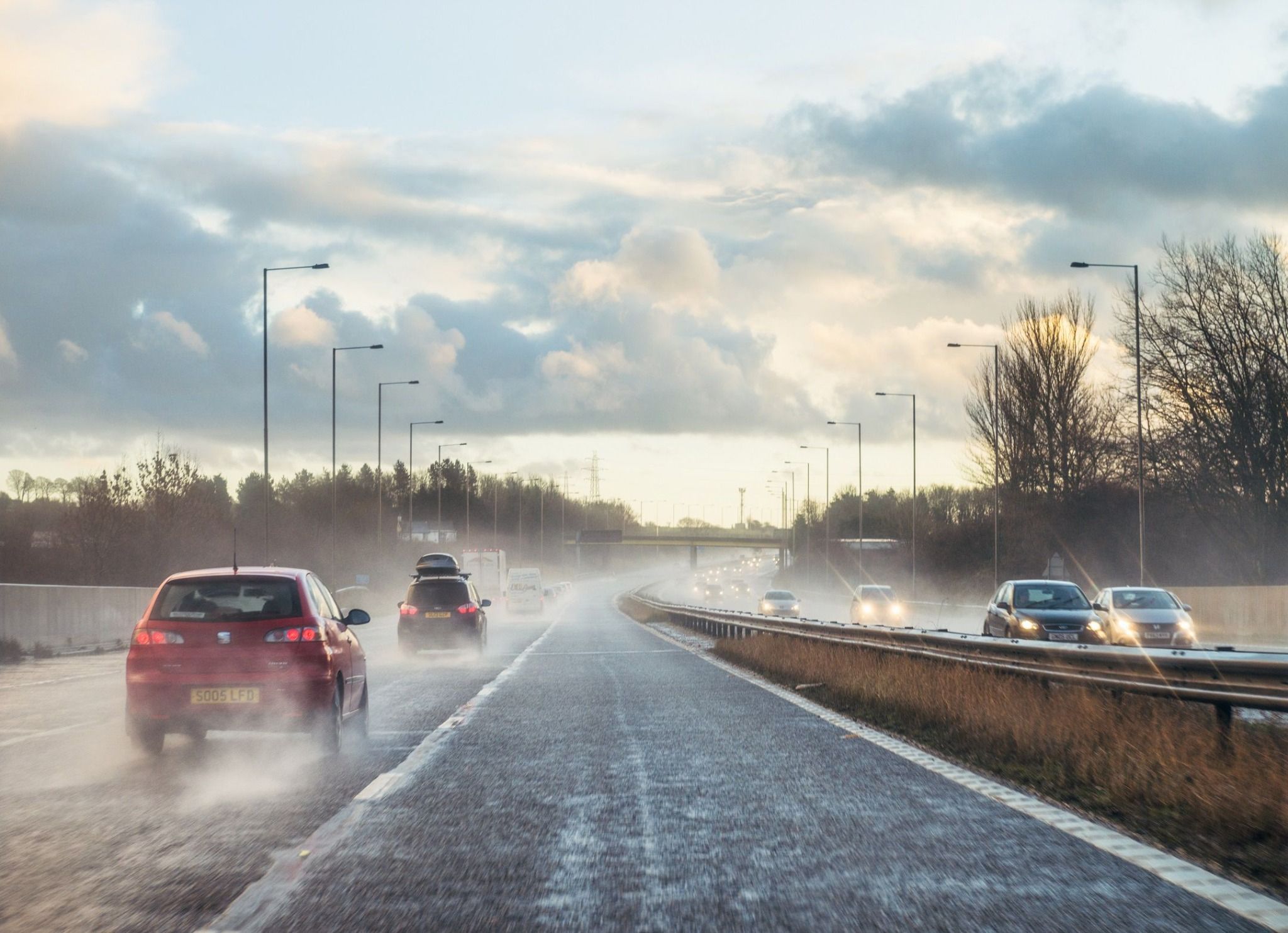Swansway Blog
Swansway Blog


The Best PEUGEOT Models for First-Time Car Buyers

Top 10 Tips for Transporting a Christmas Tree
The festive season really gets underway when you put up your Christmas tree; but, getting at home can be a nightmare. Heres 10 steps for getting your Christmas tree home, stress-free!

2024 Honda Jazz: What has changed?
The latest generation of Honda Jazz arrived in 2020, boasting a far smarter design and also a hybrid-only powertrain to enhance its appeal. Honda has now announced a number of key updates to the Jazz for 2024. Let’s find out what’s changed.

Common Mistakes to Avoid When Selling Your Car
When you're looking to sell your car, there are several things that we recommend watching out for so you don't get scammed or undersold. Take a look at our tips for a successful sale of your car.

New driving laws introduced in December 2024
Here is everything you need to know about the new driving laws being introduced for 2024.

Most Anticipated Electric Vehicles for 2025
Electric cars are becoming more and more popular each year, and 2025 will be no different. Here is a list of our most eagerly anticipated EVs coming in 2025!

The Top 5 Rarest Car Models of All Time
Find out what some of the rarest cars of all time are in Swansway's latest blog - fancy one of these yourself?

Review: Peugeot 508 Hybrid
We’ve been behind the wheel to find out what it’s like.
What Makes Volkswagen Unique? A Look at Its History and Features

Top Tips for Driving in Heavy Rain
Making sure our cars are in top condition for the wet conditions is imperative to keeping yourself, your family and other drivers safe. Find out more about driving in heavy rain.

The 10 Fastest Cars in the World
Ever wondered what the fastest cars are in the world right now?